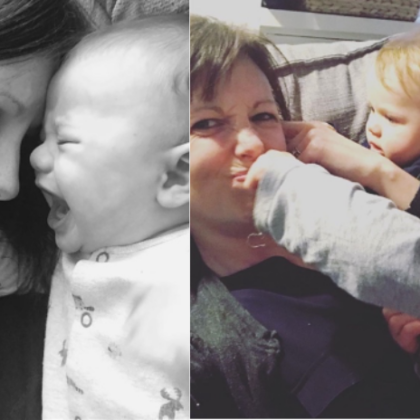Ten misconceptions about trauma-focused CBT for PTSD
The August BABCP Article of the Month is from the Cognitive Behaviour Therapist and is entitled “Ten misconceptions about trauma-focused CBT for PTSD” by Hannah Murray, Nick Grey, Emma Warnock-Parkes, Alice Kerr, Jennifer Wild, David M. Clark and Anke Ehlers.
Over the last few years, our research team has been involved in several large-scale dissemination programmes of cognitive therapy for PTSD (CT-PTSD), a form of trauma-focused CBT. These projects have included training and supervising hundreds of CBT therapists, often working in IAPT, and has given us a fascinating insight into current routine clinical treatment of PTSD. For the most part, this is excellent, with many skilled, empathic, committed therapists working effectively with often quite clinically complex clients. We have also noticed some limitations, both at a service level in terms of what therapists are able to offer, and in the beliefs that some therapists hold about trauma-focused treatments that can interfere with therapy delivery.
In this article, we describe some of the myths or misconceptions that we have encountered. These beliefs are often well-intentioned. For example, none of us want to make our clients feel worse, ‘retraumatise’ them, or give them an ineffective treatment. We might feel under-confident in a particular technique and avoid using it, or had conflicting advice from different supervisors or trainers. In a recent supervision session, a therapist told me that a previous supervisor had told them not to use imaginal reliving with sexual assault trauma memories. Others have been told that TF-CBT is not suitable for complex PTSD or traumas that happened in childhood. For many, leaving the office for behavioural experiments or site visits has been discouraged, or considered impossible when delivering treatment remotely. These misconceptions are not supported by research and might lead to clients not receiving evidence-based treatments or only a watered-down version.
As a therapist, one of the things I like most about CT-PTSD as a treatment model is how flexible it is. There is room for so much creativity and adaptability to address each idiosyncratic presentation; in fact, this individualisation of the formulation and treatment is a cornerstone of the approach. As well as examining the misconceptions and related evidence, we also use the paper to encourage this approach of ‘flexibility within fidelity’ and give some examples. Sharif El-Leithy and I also write about this in our new book ‘Working with complexity in PTSD: A cognitive therapy approach’. We hope that this paper (and the book) will prompt therapists to reflect on their own beliefs and how they impact on their practice, and help build their confidence in addressing trauma memories and their painful meanings.

Author Bio: Hannah Murray is a Research Clinical Psychologist at the Oxford Centre for Anxiety Disorders and Trauma at Oxford University. She is involved in the development and dissemination of cognitive therapy for PTSD and teaches, writes and supervises widely.
From Richard Thwaites, the Editor-in-Chief of the Cognitive Behaviour Therapist: Why I chose this article
This BABCP of the month paper is a fantastic examination (and rebuttal) of ten key misconceptions around trauma focussed CBT that Hannah and her team have heard during their training and supervision. I am sure readers will have heard several of these before also! It is great to see such a thoughtful and evidence-based discussion of each of these and as such this can make an important difference to the therapy that people with PTSD will receive.






